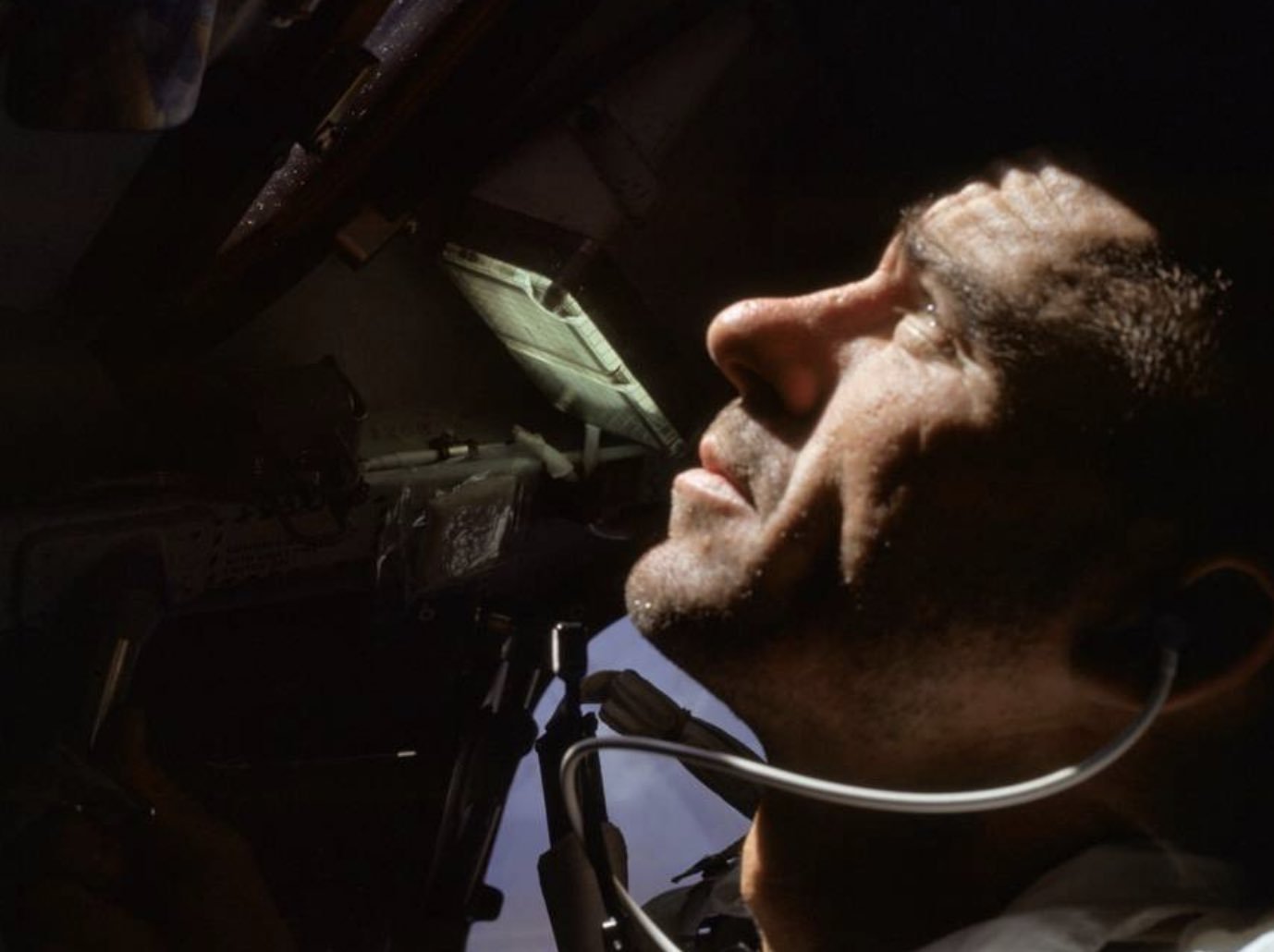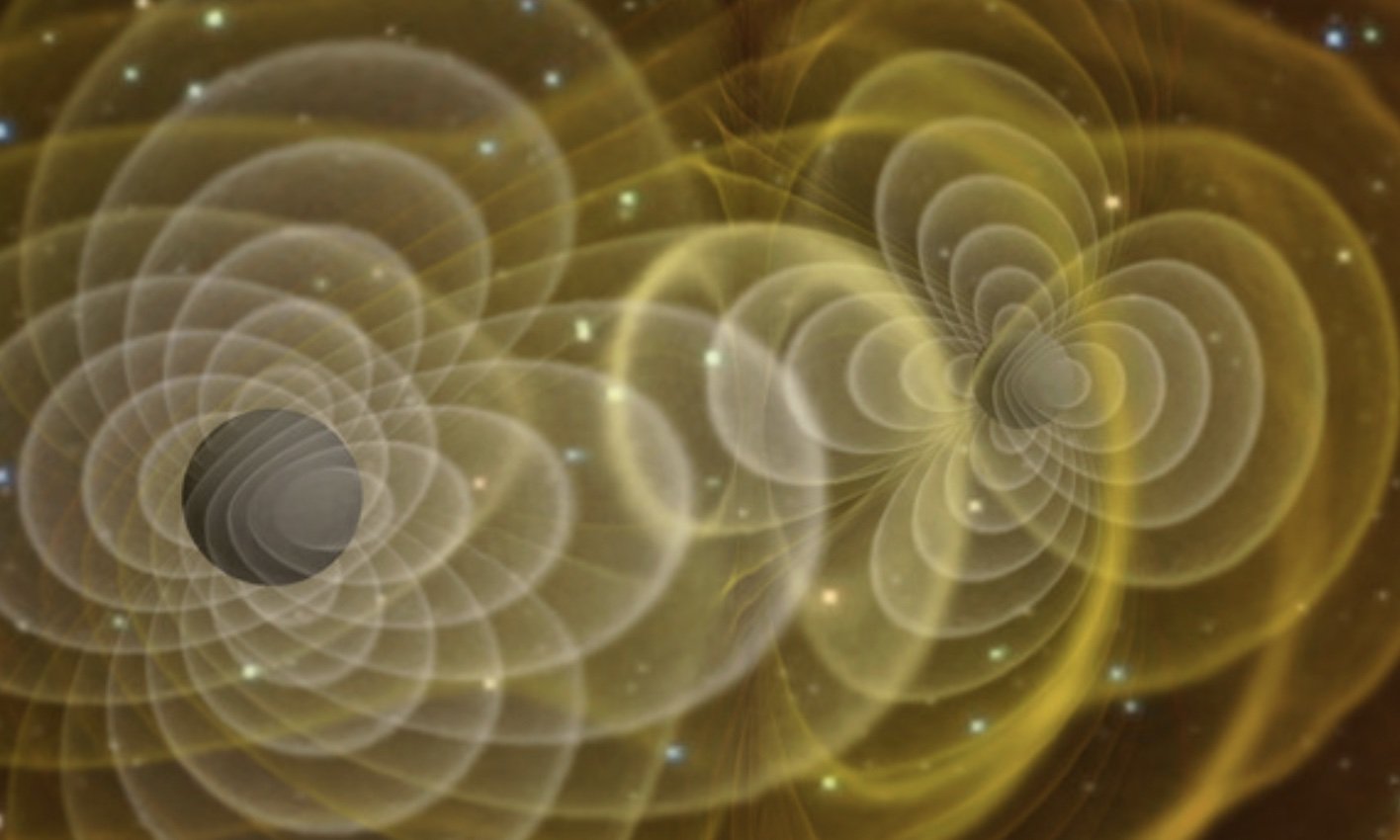

Welcome to this week’s installment of The Intelligence Brief… a recent study into the increasing volume of scientific and technological publications in recent years has observed what a team of researchers is calling a decline in “disruptive” innovation. In our analysis this week, we’ll be looking at 1) why disruptive science appears to be on the decline, 2) the theory behind why less disruption is occurring, and 3) what this could mean going forward for scientific and technological innovation.
Quote of the Week
“[The] telephone did not come into existence from the persistent improvement of the postcard.”
– Amit Kalantri
Before we dive into things, a few of the stories we’ve been covering at The Debrief in recent days include the announcement that DARPA has selected Boeing subsidiary Aurora Flight Sciences to design and possibly build a potentially game-changing X-plane. Elsewhere, a 500-foot asteroid was recently the target of radio signals emitted by Alaska’s HAARP facility, as part of an effort to enhance our ability to detect potentially deadly space objects. And in an exclusive Op-Ed by former fighter pilot Ryan Graves for The Debrief, he explains why a major barrier to our understanding of Unidentified Anomalous Phenomena (UAP) is not just government secrecy: it’s stigma.
Meanwhile in video news, Chrissy Newton was joined on Rebelliously Curious by Gianni Martire, a tech entrepreneur and co-founder at Applied Physics who proposes a method for detecting extraterrestrial spacecraft using gravitational waves. You can watch the entire interview, and all our past interviews on The Debrief‘s YouTube Channel, and links to all of our recent stories and news can be found at the end of this week’s newsletter.
Considering how disruptive science and technology is a major theme in what The Debrief covers, we’ll soon be getting into our analysis of a recent paper that suggests it may be on the decline… but first, we pause for a moment to remember the work of another icon of the space age who has taken off on his last leap into the final frontier.
NASA Says Farewell to an Apollo Pioneer
NASA announced this week that former Apollo 7 astronaut Walter Cunningham passed away. Cunningham, a physicist and former fighter pilot, was part of the space agency’s original flight crew in its iconic Apollo Program.
“On Apollo 7, the first launch of a crewed Apollo mission, Walt and his crewmates made history, paving the way for the Artemis Generation we see today,” NASA Administrator Bill Nelson said in a statement. “NASA will always remember his contributions to our nation’s space program and sends our condolences to the Cunningham family.”


“We would like to express our immense pride in the life that he lived, and our deep gratitude for the man that he was,” read a portion of a statement from Cunningham’s family that called him “a patriot, an explorer, pilot, astronaut, husband, brother, and father.”
“The world has lost another true hero, and we will miss him dearly,” the statement read. Cunningham reportedly died at his home in Houston, Texas on Tuesday morning. He was 90 years old.
Disruption on the Decline?
A recent analysis of scientific papers suggests that as a greater number of them have been published over the last several decades, fewer of them offer new data capable of producing “disruptive” innovations, those that carry science and technology in potentially unexpected directions, and which may even render previous ideas or work obsolete.
According to researchers Michael Park, Erin Leahey, and Russell J. Funk, data that appeared in millions of manuscripts over the last few decades, as well as patents from the mid-1970s through 2010, showed that more recent work resulted in incremental advances, compared with research produced during the mid-twentieth century that often produced disruptive results.
Funk, a University of Minnesota sociologist, said the data seems to imply that “something is changing,” noting that there no longer appears to be “quite the same intensity of breakthrough discoveries you once had.”
Disruptive Theory Put to the Test
“Theories of scientific and technological change view discovery and invention as endogenous processes,” Funk and his coauthors write in a recent paper detailing their observations, “wherein previous accumulated knowledge enables future progress by allowing researchers to, in Newton’s words, ‘stand on the shoulders of giants’.”
However, as the publication of scientific and technical literature has undergone exponential growth since the middle of the last century, a proportional increase in innovations that result in radical departures from past approaches has not occurred. In fact, according to their recent paper, the authors observe that progress is actually slowing down in a number of major fields.


Scanning scientific data over a span of six decades, comprising 45 million papers and 3.9 million patents, the researchers utilized the CD index, a new quantitative metric that “characterizes how papers and patents change networks of citations in science and technology” to find that less and less disruption appears to be occurring over time.
So what is the cause behind the apparent decline in disruptive innovation?
Narrowing Down the Cause of Decline
The researchers say that the pattern where papers and patents seem increasingly less likely to result in disruptive innovation was found to be universal throughout scientific and technological fields. Additionally, the decline was observed in multiple citation and text-based metrics.
Attempting to understand why it is occurring, and what it means, the authors say they link the decline to a reduced reliance on the use of previous knowledge.
“We find that the observed declines are unlikely to be driven by changes in the quality of published science, citation practices or field-specific factors,” the authors note. “Overall, our results suggest that slowing rates of disruption may reflect a fundamental shift in the nature of science and technology.” The team’s findings appeared in a paper titled “Papers and patents are becoming less disruptive over time,” which appeared in the journal Nature.
Cause for Concern?
Considering that the “quality of published science” is cited as a factor in this equation, should we be concerned about the current efforts in innovation, and what that could mean for the future?
Northwestern University computational scientist Dashun Wang says that although he is convinced by the data presented in the paper, it may not necessarily mean that scientific and technological growth have grown entirely stagnant. He points to the first observation of gravitational waves in recent years, a revolutionary development that was also the result of incremental scientific advancement.


Although disruptive advancements have long been a driving force in scientific and technological growth, the observed trend by Funk, Park, and Leahey could simply mean that as more and more knowledge is accumulated, the way that science advances is changing, which may not be an entirely bad thing.
That wraps up this week’s installment of The Intelligence Brief. You can read past editions of The Intelligence Brief at our website, or if you found this installment online, don’t forget to subscribe and get future email editions from us here. Also, if you have a tip or other information you’d like to send along directly to me, you can email me at micah [@] thedebrief [dot] org, or Tweet at me @MicahHanks.


Here are the top stories we’re covering right now…
- DARPA Selects Boeing’s Aurora for Potentially Game-Changing X-Plane
DARPA has selected Boeing subsidiary Aurora Flight Sciences to design and possibly build a potentially game-changing X-plane.
- Beliefs Versus Evidence: Science, Supersymmetry, and Beyond
In the battle of belief versus evidence, we must avoid the tendency to get entrenched in ideas that cannot be falsified.
- ‘Keep Out, We’re Here’: The Moon Could Become a Chinese Territory Warns Head of NASA
NASA Administrator Bill Nelson warns that losing today’s space race could mean China declaring the moon as its own sovereign territory.
- Planetary Scientists Used This New Model to Crack a Pair of Puzzling Astronomical Mysteries
A pair of puzzles that planetary scientists have observed amidst 3,800 different planetary systems may have been solved, with the aid of a new model that considers the influence of various forces on young planet formation.
- HAARP Facility Experiment Bounces Radio Signals Off Space Object to Help Boost Planetary Defense
A 500-foot asteroid was recently the target of radio signals emitted by Alaska’s HAARP facility, as part of an effort to enhance our ability to detect potentially deadly space objects.
- As a Former Fighter Pilot Who Encountered UAP, We Need Science—Not Stigmas and Conspiracies—to Solve This Mystery
A major barrier to our understanding of Unidentified Anomalous Phenomena (UAP) is not just government secrecy: it’s stigma.
- Snowball Earth: Was the Surface of Our Planet Ever Completely Frozen?
Climate models suggest that runaway glaciation during periods of our planet’s history may have resulted in a frozen, “Snowball Earth” state.
- NASA’s NEO Surveyor Will Defend Earth Against ‘Invisible’ Threats From Space
This week, we analyze NASA’s next-generation telescope NEO Surveyor, which will hunt for “dark” asteroids and comets.
- Harnessing the Power of Quantum Mechanics, Physicists Discover a New Method of Observing Objects Without Looking at Them
By harnessing quantum mechanics, physicists have discovered a new way to observe objects without directly looking at them.
